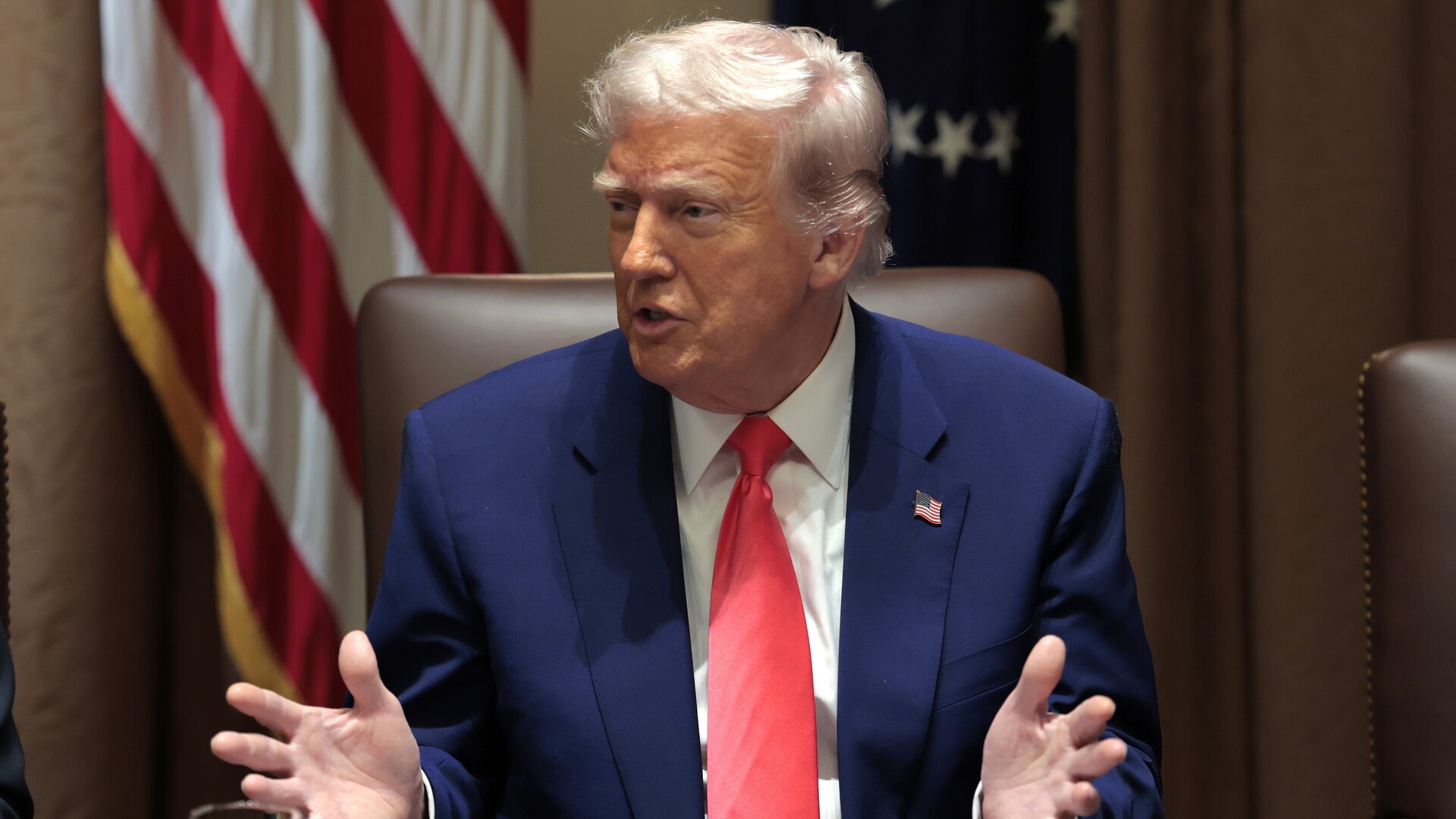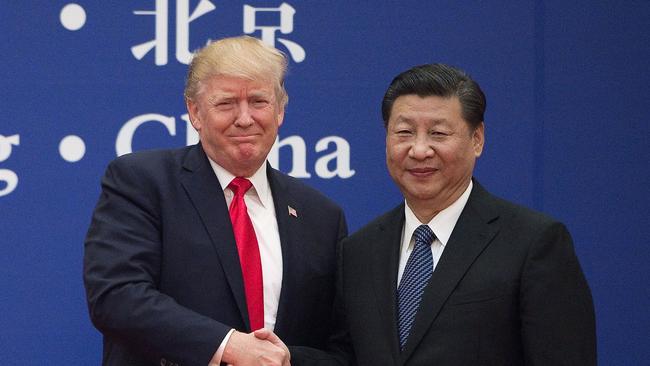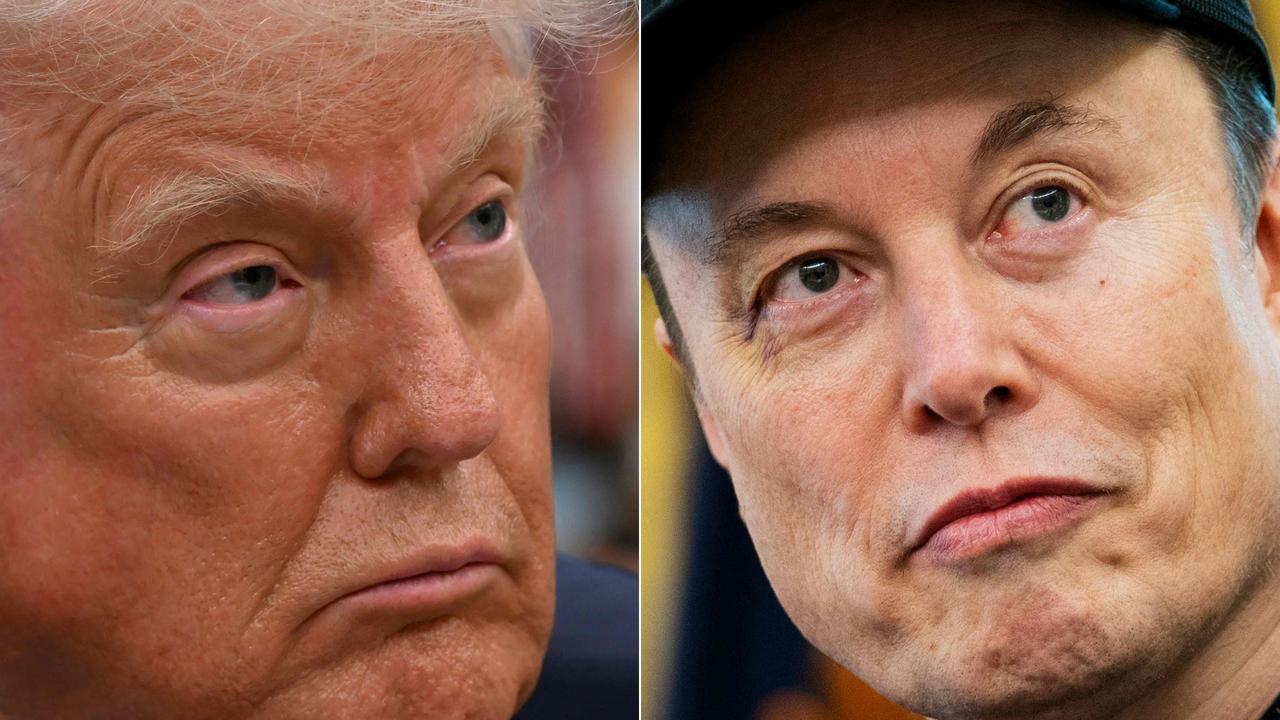
The public skirmish over tariffs is merely a surface indicator of a much deeper battle being fought on many fronts. Last week, I set out how the US was dependent on China for terbium, dysprosium and other rare earths for defence and large areas of industry.
President Xi has imposed a ban, making the US very dependent on Australia.
Last week, I explained the motivations and strategies behind US President Donald Trump's actions, while emphasising they were risky and there was no certainty they would work.
I now swing to the powerful non-tariff strategies being embraced by President Xi to thwart President Trump. Terbium and dysprosium bans are opening shots.

The most obvious weapon in President Xi’s armoury has been China’s sale of US bonds and treasuries, which is being compounded by selling from other countries.
The US 10-year bond, which is the key interest rate benchmark for new US housing loans, last week jumped from 4 to 4.5 per cent. China has massive US bond and treasury holdings and if China and other countries, angry with US tariff policies, continue to sell it will cripple the US economy. President Trump knows this.
Meanwhile, the selling has reduced the value of the US dollar, which along with tariffs will lift the US cost structure and inflation rate.
In Australia, Reserve Bank governor Michele Bullock will be watching the rise in US interest rates, knowing that this means any reduction in Australian interest rates will be reflected in a lower Australian dollar which will boost our inflation rate. But in fairness, President Trump has achieved a base objective in the tariff turmoil – more than 50 countries, including China, have agreed to talk.
For most of his 11-year term, President Xi has been preparing for the inevitable American attempt to halt and reverse the dramatic switch in global trading from the US to China. That includes massive defence spending.
Research by Ehsan Soltani sets out just how powerful China has become under President Xi. But the China growth strategies – which were aided by large US corporations – extend back to 2000, when Xi was a provincial governor. Back in 2000, US trade totalled $US2 trillion – more than four times China’s $US474bn.
Then a series of US corporations discovered they could make products in China far more cheaply than in the US. They made big profits.
The companies were careful to donate large sums to both the Democrats and the Republicans, so the politicians let it happen. Many in China were stunned that the US allowed its industrial base to migrate. The US, having the global reserve currency, attracted large sums which Americans spent on imported goods, enjoying the lower prices.
In 2000, China was the primary trade partner for only a handful of small countries.
China is now the dominant trade partner for most of Asia, eastern Europe, the Middle East, Oceania, South America and Africa. The US still is the main trade partner with Britain, France, Germany and Israel.

Soltani estimates that from 2000 to 2024, US trade grew at a 4.2 per cent compound annual growth rate, while China’s trade surged by 11.3 per cent annually.
By 2024, China’s total trade reached $US6.2 trillion, compared with $US5.3 trillion for the US. The gap is set to widen, and one of President Xi’s long-term strategies is to replace the US dollar as the most commonly used reserve currency.
Most global currency transactions go through the so-called SWIFT (Society for Worldwide Interbank Financial Telecommunications) system, which is headquartered in Brussels. The SWIFT board consists of bankers from many countries, including China and Australia. SWIFT is at the core of the US reserve currency structure
When SWIFT excluded Russia as a result of the Russian invasion of Ukraine, it alerted many countries that SWIFT was capable of playing politics.
Since Xi became president, Beijing has signed more than $US600bn in bilateral currency swap agreements outside of SWIFT. Around 38 per cent of China’s total trade is now conducted outside SWIFT.
Oil shipments from Saudi Arabia to China can now clear within seconds with no US intermediary banks involved.
While SWIFT remains dominant globally, its grip on emerging market trade has weakened. With SWIFT averaging one to three business days for cross border settlements, China’s alternative offers greater speed and lower cost.
BRICS is an intergovernmental organisation, comprising 10 countries: Brazil, Russia, India, China, South Africa, Egypt, Ethiopia, Indonesia, Iran and the UAE. A number of these countries are now pioneering loans in the Chinese currency.
China’s so-called “Belt and Road” initiative has poured more than $US1.1 trillion into infrastructure projects across 148 countries, but what binds that network isn’t just railways or ports but currency settlement control, and the digital yuan is fast becoming the preferred currency.
But many of the 148 countries now realise China doesn’t just lend the money but also controls how it’s spent and potentially reclaimed. While they benefited from Belt and Road infrastructure funding, they are locked into a closed system. “Belt and Road” becomes akin to digital colonisation.

There is no doubt Xi sees the chaos created by President Trump’s tariff moves as providing the opportunity to use these structures to substantially increase the use of the Chinese currency in world trade.
Suddenly, America would no longer enjoys the benefit of the unlimited capital that comes with being the world currency.
On the other hand, China’s blockages on Australian trade illustrated to all those using China’s money that Xi can be ruthless in his use of power. Later I will discuss an even more powerful weapon Xi is constructing to use against the US.




Chinese President Xi Jinping has a carefully prepared long-term plan to gain ascendancy over the US.